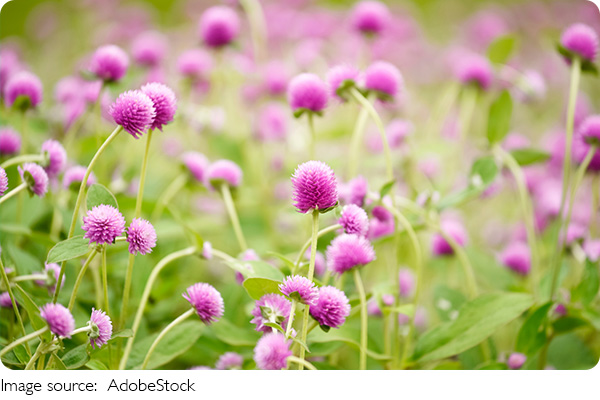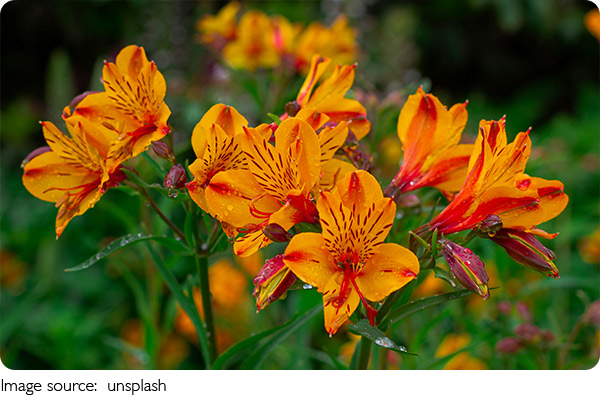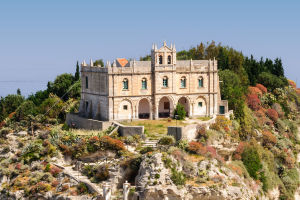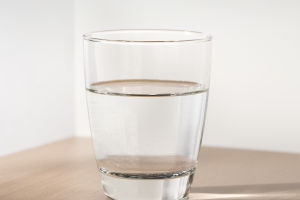Floral Love Dance

Welcome to the Floral Love Dance
Hello, nature lovers! Have you ever stopped to watch a bee or butterfly flutter from flower to flower and wondered how those flowers manage to attract such busy visitors?
Flowers don't just sit idly by—they perform an intricate "love dance" using colors, scents, and shapes to lure pollinators. Today, we'll explore these fascinating strategies that flowers use to ensure their survival and reproduction. Ready to dive into this natural spectacle?
Color: The Visual Invitation
One of the most obvious ways flowers attract pollinators is through their vibrant colors. Different pollinators are drawn to specific hues: bees prefer blue, purple, and yellow; butterflies are attracted to bright reds and oranges; hummingbirds often seek out red tubular flowers.
Flowers have evolved to display colors that stand out in their environment, effectively catching the eyes of their preferred pollinators. Beyond visible colors, many flowers also have ultraviolet patterns invisible to humans but highly visible to insects, guiding them directly to nectar.
Scent: The Invisible Signal
While color grabs attention, scent invites pollinators from afar. Flowers emit a variety of fragrances—sweet, spicy, or musky—that signal the presence of nectar. These scents can travel long distances, guiding pollinators to the flower's location. Some flowers release their fragrance during specific times of day to match the activity patterns of their pollinators, such as sweet scents at night to attract moths. The chemical complexity of floral scents is remarkable, involving dozens of compounds that can attract or even manipulate pollinator behavior.
Shape and Structure: The Perfect Landing Pad
Flower shape is more than aesthetic; it's a functional design tailored to specific pollinators. Tubular flowers suit hummingbirds with long beaks, while flat, open flowers provide easy landing platforms for bees and butterflies. Some flowers have specialized structures like nectar guides—patterns that direct pollinators to the nectar source, ensuring effective pollen transfer.
Others may have trap-like shapes to temporarily hold pollinators, maximizing pollen contact. This precise architectural design helps flowers optimize pollination efficiency.

Rewards: Nectar and Pollen as Incentives
To encourage repeat visits, flowers offer rewards like nectar and pollen. Nectar provides essential sugars and nutrients, fueling pollinators on their foraging trips. Pollen serves as a protein source for many insects. Some flowers produce abundant nectar to attract generalist pollinators, while others offer specialized rewards to attract specific species. This mutualistic relationship benefits both parties: pollinators get food, and flowers achieve successful reproduction.
Timing and Synchrony: Blooming at the Right Moment
Flowers also time their blooming to coincide with the presence of their preferred pollinators. Some bloom early in the morning for bees, others open at dusk for moths. This synchrony increases the chances of pollination and reduces wasted energy. Seasonal and daily rhythms in flower opening and scent release are fine-tuned evolutionary adaptations that enhance reproductive success.
Let's Celebrate Nature's Floral Performers!
The next time you see a flower buzzing with pollinators, remember the complex dance of color, scent, shape, and reward that made it happen. Have you noticed particular flowers attracting certain pollinators in your garden? Share your experiences with us! Together, let's appreciate these natural performances that sustain ecosystems and bring beauty to our world.
With curiosity and care, we can foster gardens that support pollinators and celebrate the floral love dance every day. Happy gardening!
-
 Italy's Secret Beach TownTravelers Are Obsessed With This Coastal Gem—Here's Why You Should Visit!
Italy's Secret Beach TownTravelers Are Obsessed With This Coastal Gem—Here's Why You Should Visit! -
 Next-Level Space TravelThe Future Is Now: Space Tourism Is About to Change Everything!
Next-Level Space TravelThe Future Is Now: Space Tourism Is About to Change Everything! -
 Water's Hidden PowerIs Water Really a Simple Molecule? Discover the Astonishing Science Behind H₂O’s Unusual Behavior
Water's Hidden PowerIs Water Really a Simple Molecule? Discover the Astonishing Science Behind H₂O’s Unusual Behavior